Navigating the complex terrain of healthcare finances has never been more challenging, with a confluence of factors—from economic fluctuations to the lingering specter of the pandemic—reshaping patient behaviors and priorities. Against this backdrop, the prevalence of medical debt looms large, with a staggering 50% of Americans burdened by this financial strain—an uptick from 46% in 2020.
For healthcare providers, the imperative to stem the tide of accounts flowing into collections has never been more urgent. Central to this endeavor is a nuanced understanding of why patients falter in engaging with their bills or committing to payment plans—a challenge that HCM confronts head-on through our data-driven approach.
Drawing insights from over 100,000 patient conversations annually, facilitated by our Voice Analytics platform powered by RingCentral, we unearth invaluable patterns and pain points that underpin patient reluctance to engage fully with their financial obligations.
Among the common threads identified within these conversations are:
Lack of Awareness: Many patients grapple with a fundamental lack of understanding regarding the charges, billing cycles, and available payment options. This dearth of clarity often translates into hesitancy or inertia when it comes to proactive engagement.
Commitment Hurdles: For some patients, the prospect of committing to recurring payments, such as auto-pay plans, poses a significant barrier. Overcoming this hurdle requires tailored solutions that cater to individual preferences and financial constraints.
Flexible Payment Preferences: A notable trend emerges towards more flexible, low-commitment payment options—a reflection of patients’ desire for pragmatic solutions that accommodate their immediate financial realities.
Competing Financial Priorities: Balancing healthcare expenses with other household financial obligations emerges as a recurrent theme, underscoring the need for solutions that acknowledge and accommodate patients’ broader financial landscape.
Moreover, the evolving landscape of consumerism in healthcare underscores the growing resourcefulness of patients, who are increasingly proactive in seeking solutions that align with their needs and preferences. This shift is manifest in the rising demand for extended payment terms—a trend reflected in the 35% increase in self-pay accounts on payment plans witnessed by HCM clients since Q1 2020.
Yet, alongside this quest for flexibility and accommodation, patients are also becoming savvier about the collections process itself. Armed with knowledge about their rights and options, some patients navigate the collections labyrinth with newfound confidence, leveraging strategies to mitigate the impact on their credit, negotiate balances, and secure more favorable payment terms.
In essence, addressing the multifaceted challenges of patient engagement in healthcare finances demands a multifaceted approach—one that combines data-driven insights, tailored solutions, and a commitment to empowering patients with the knowledge and resources they need to navigate their financial journey with confidence. HCM remains steadfast in our mission to pioneer solutions that not only alleviate financial burdens but also empower patients to take control of their healthcare finances with clarity and confidence.
Changing engagement with a call-to-action
The bottom line is that unengaged consumers generally require a call to action to change behavior.
That’s why HCM has developed solutions to do so through automated, omnichannel communications and a tailored patient engagement playbook. We create a custom playbook for each of our clients to drive alignment, increase patient engagement and satisfaction, and reduce our clients’ bad debt expense.



